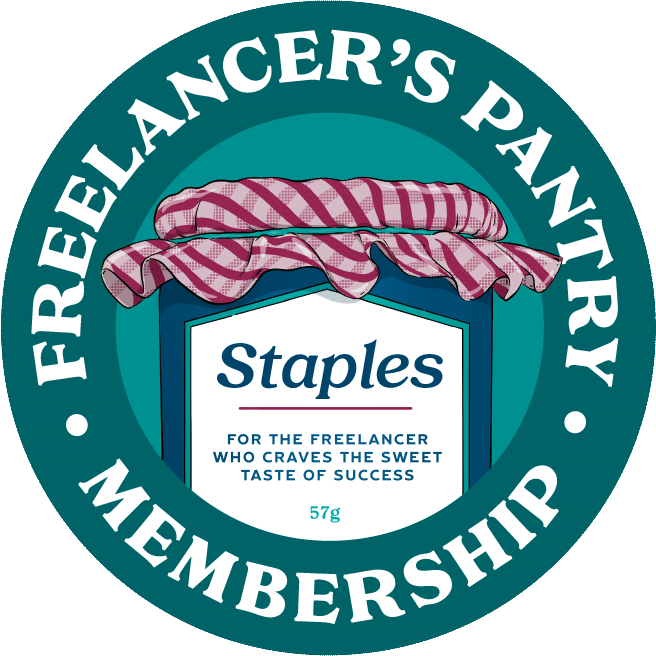Project Pricing is easily the most common way I charge my jobs, day in and day out. Let me tell you why...
Project Pricing is easily the most common way I charge my jobs, day in and day out. Let me tell you why...
I want to be really clear right from the start, getting good at project pricing is a developed skill. Like any good skill, you need to take the time to learn the best way to do it, and then make it your own.
So what actually is Project Pricing?
Project Pricing is when the client is charged a specific amount for the entirety of a project. Which basically means that you will have to come up with a price, estimate time, and resources to ensure you have enough money allocated to complete the project in the required time.
So what makes Project Pricing so good for Freelancers?
Long story short, project pricing helps you, the creative, put a whole number on the service you are selling and the solution to the problem the client has. It’s the first step to shifting out of the “time for dollars” mindset that hourly pricing has.
Pricing for project based gives you massive scope to allocate more time to solve problems so you can deliver your best work without the client watching the clock. You know that rushed feeling that you get when you work hourly and it feels like you need to go fast to make sure you’re doing the best work possible? Pricing based on the overall project takes that stress away.
Depending on the way you like to serve your clients, it can absolutely become part of your offering or as a point of difference. You could position yourself as the creative who handles the project with ease from start to finish, giving your clients peace of mind that they don’t need to micromanage you, they simply can provide you with the scope and you handle it for them.
And what about for clients?
Fixed fees and set project rates are a perfect scenario for clients who are budget conscious and want peace of mind that the job will be done without the cost blowing out from overtime.
Look at it from the client perspective. They probably have an overall budget for the entire project, including the part you are providing as your project, and that has a dollar amount applied to it. By providing a set number, you are making it a little easier for them to do their job.
Finally, delivering the costs as whole numbers makes it easy to build options or provide packaged services to your clients. You may use this as a sales tactic, like a small, medium or large meal deal, so the client can see what’s included at each level and make a choice between which way to work with you rather than whether to work with you or not.
Are there downsides to Project Pricing?
Like any pricing structure, there are good and bad sides. Project pricing requires you to understand the scope of the project to a certain level so you can quote accordingly. This will probably mean doing a small amount of work up-front. This might be getting on a discovery call with the client, researching costs and quotes to understand what these might be, or testing out potential solutions on a pared back scale.
If you have done a similar job before, this will help you scope out what problems or hurdles may happen along the way so you can prepare for them this time around. But understand that things will almost always not go 100% to plan. It’s natural, normal, and if it all went to plan perfectly every time, we wouldn’t learn how to solve problems.
Good project pricing comes from experience. You often need to experience the project and understand what could happen or go wrong to know how to prepare and price for it. If you’re just starting out, it may be a little more difficult, but know that you will get there by trying and taking action.
HOT TIP: If you think there needs to be a large investment of time to find the best recommendation, you can propose a paid research and investigation phase where you provide a report of recommendations for them as part of the project. This can be paid as a deposit and then they can choose whether to take that forward into the project or take your recommendations and go elsewhere. It’s risky, but sometimes clients see the value in your professional opinions and the confidence knowing you are the one who can do the work.
What sort of questions should I ask when scoping out a project?
In those first few interactions with the client, whether it be via email, call or brief, it’s important to not only ask plenty of questions, but also ask the right questions. The following list is a combination of questions to ask the client and yourself.








